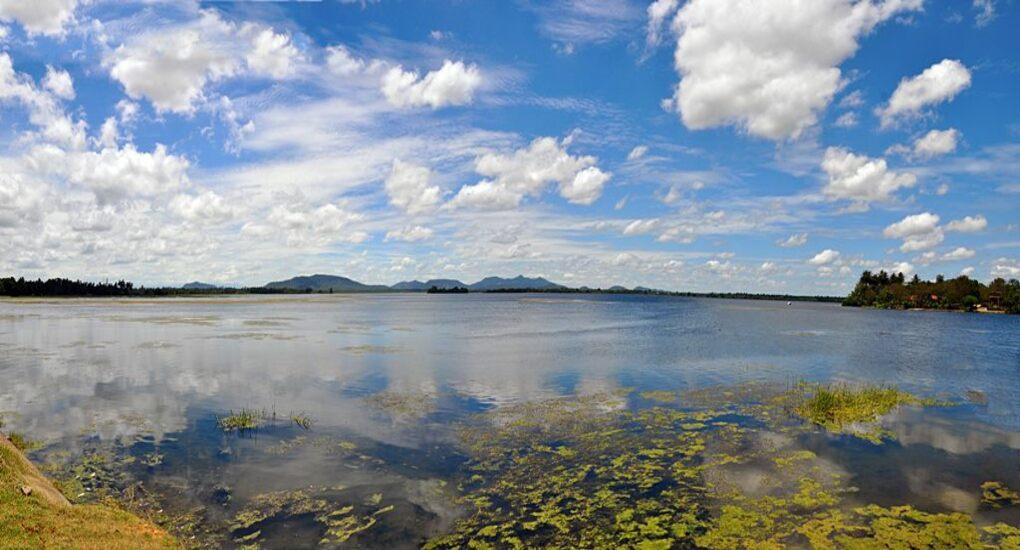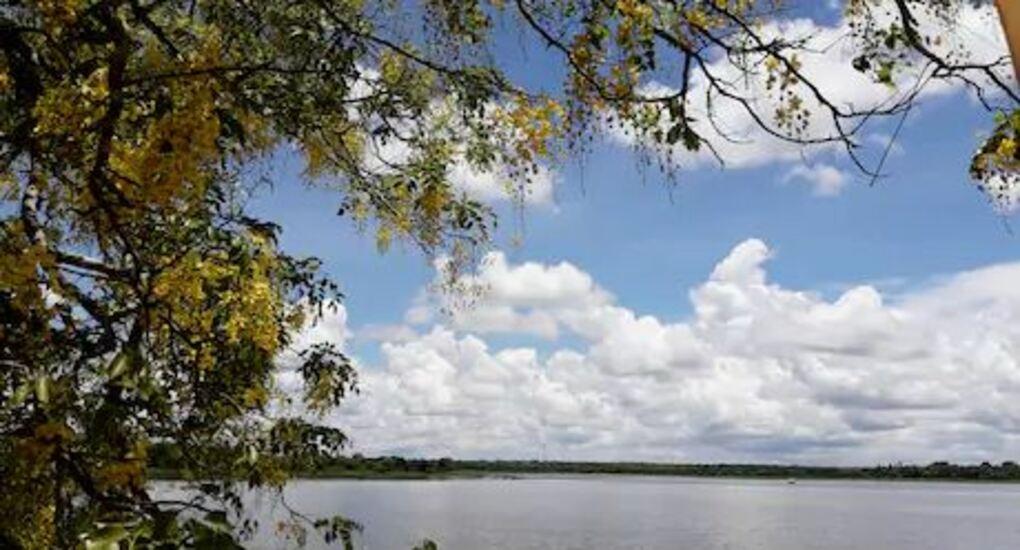Points of Interest - Culinary Delights
Tissa Tank
Present Tissa is a clamoring city with the main street lined with banks, shops and little bistros and kiosks. Invigorating breeze from the large reservoirs sweeps the town. The town thusly is limited by a wonderful expanse of paddy fields. Amidst the paddy fields stands the most impressive of Tissa's dagobas (stupas). The combination of the dagoba cluster and the two beautiful tanks lend Tissa a specific distinction and a sense of history making it in sharp diverge from different towns of southern coast.
Tissa Wewa, the beautiful man-made tank in the town, Tissamaharama which is one of the most pleasant cities in the southern coast, provides a scenic backdrop to the town with its remarkable birdlife. Which was a sanctuary in the Deep South, where the Sinhalese patriots nationalists fled to support against the pillaging Dravidian intruders from Southern India. The great town known by the name of Mahagama, founded in the third century BC by a brother of King Devanampiya Tissa of Anuradhapura, was one of the principal settlements of the southern province of Ruhuna which was later rose to the prominence under King Kavantissa.
The man-made lake of Tissa Wewa in Tissamaharama was built by King Kavantissa in the 2nd century BC, and lies on the north end of the city. The embankment of Tissa Wewa is 11,000 feet long (two miles) and 25 feet high with an area of approximately 550 acres.
The Tissa Wewa in Tissamaharama receives water through the ancient canal of Jaya Ganga and fills the tanks of Ranmasu Uyana and the Royal water garden next to the Isurumuniya Viharaya.
An engineering marvel of Sri Lanka’s ancient tank building technology for the dam built across Kirindi Oya to divert water to Tissa Wewa is the first known oblique dam in the world which proves the level of knowledge, the Sri Lankan Engineers had on taking care of large bodies of water. Only in the 18th century, 2100 year later, the Europeans comprehended the standards and concepts of the oblique dams.
Today, water from the Tissa Wewa and different tanks is utilized to inundate the paddy fields close to Tissa keeping the surroundings lavish and green all year round. Particularly at sunrise and dusk, the Tissa Wewa, which is a part of the Wirawila Bird Sanctuary is an extraordinary spot to see an assortment of water-bird life.


